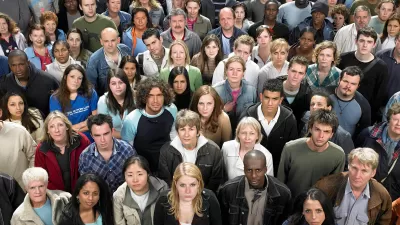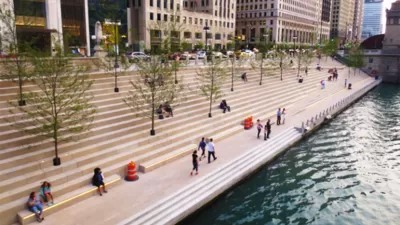According to Carl H. Nightingale, urban centers have been racially divided since Mesopotamia. However global organizations and demographic changes are making the possibility of increased integration a reality.
Segregating of territory based on class, religion, race, and ethnicity have been officially sanctioned and tolerated for Millenia. These practices are reprehensible not just for their moral failings but also because, "segregating our cities diminishes their promise-it makes them less equal, less democratic, less livable, less safe, and less able to sustain us all."
Nightingale finds reason to be hopeful, however, that global organizations and demographic changes can turn back segregation considerably. "While it is amply true that supporters of white and elite privilege remain in charge of the commanding heights of the world's urban politics, it is just as fully true that more people than ever before have come together to imagine and begin to create explicitly antisegregationist urban futures."
In this article, Nightingale details the political, social, and economic conditions in America, Europe, and beyond that provide hope for increased integration in the future.
Thanks to Daniel Lippman
FULL STORY: Can cities desegregate?

Planetizen Federal Action Tracker
A weekly monitor of how Trump’s orders and actions are impacting planners and planning in America.

Map: Where Senate Republicans Want to Sell Your Public Lands
For public land advocates, the Senate Republicans’ proposal to sell millions of acres of public land in the West is “the biggest fight of their careers.”

Restaurant Patios Were a Pandemic Win — Why Were They so Hard to Keep?
Social distancing requirements and changes in travel patterns prompted cities to pilot new uses for street and sidewalk space. Then it got complicated.

Platform Pilsner: Vancouver Transit Agency Releases... a Beer?
TransLink will receive a portion of every sale of the four-pack.

Toronto Weighs Cheaper Transit, Parking Hikes for Major Events
Special event rates would take effect during large festivals, sports games and concerts to ‘discourage driving, manage congestion and free up space for transit.”

Berlin to Consider Car-Free Zone Larger Than Manhattan
The area bound by the 22-mile Ringbahn would still allow 12 uses of a private automobile per year per person, and several other exemptions.
Urban Design for Planners 1: Software Tools
This six-course series explores essential urban design concepts using open source software and equips planners with the tools they need to participate fully in the urban design process.
Planning for Universal Design
Learn the tools for implementing Universal Design in planning regulations.
Heyer Gruel & Associates PA
JM Goldson LLC
Custer County Colorado
City of Camden Redevelopment Agency
City of Astoria
Transportation Research & Education Center (TREC) at Portland State University
Camden Redevelopment Agency
City of Claremont
Municipality of Princeton (NJ)





























